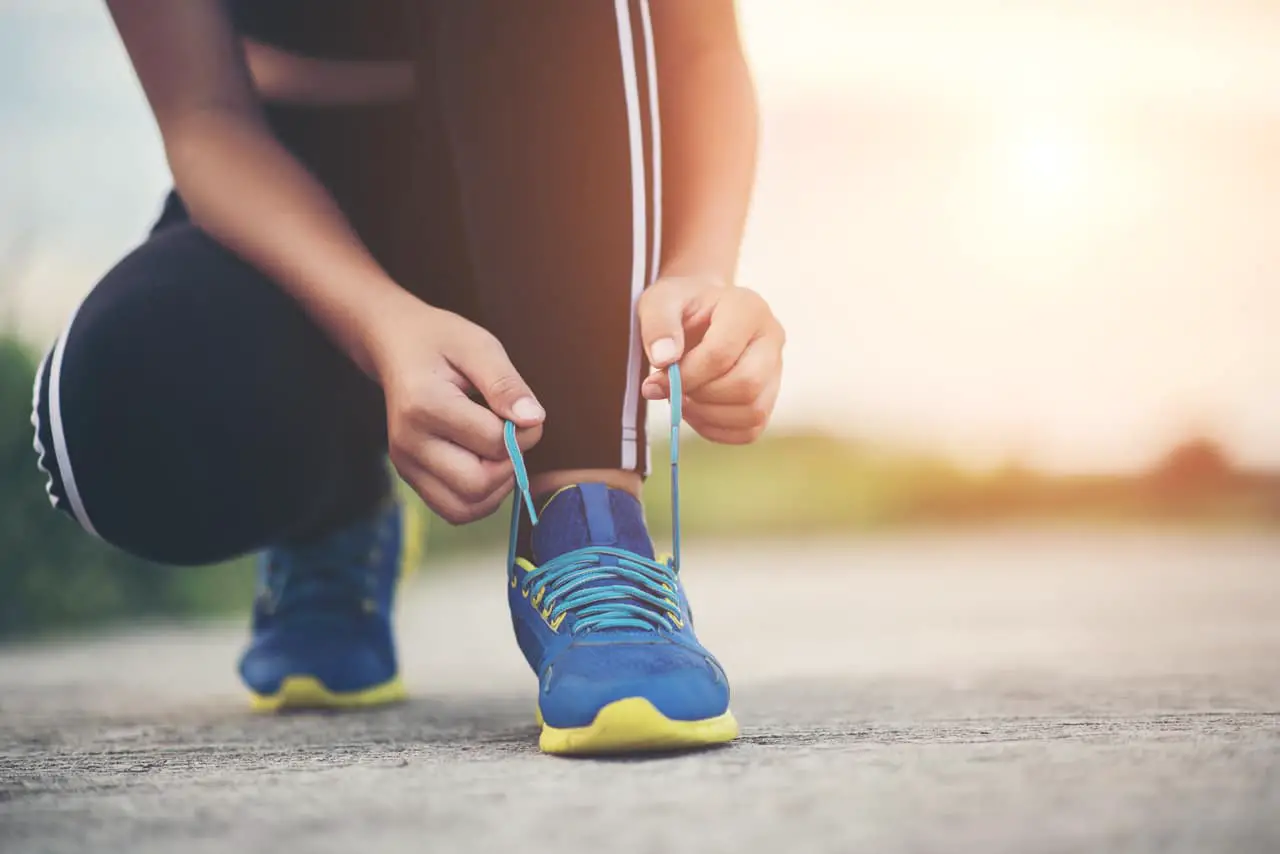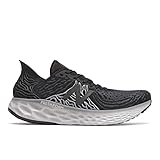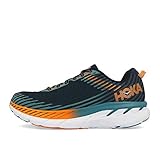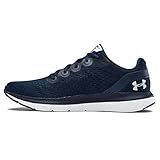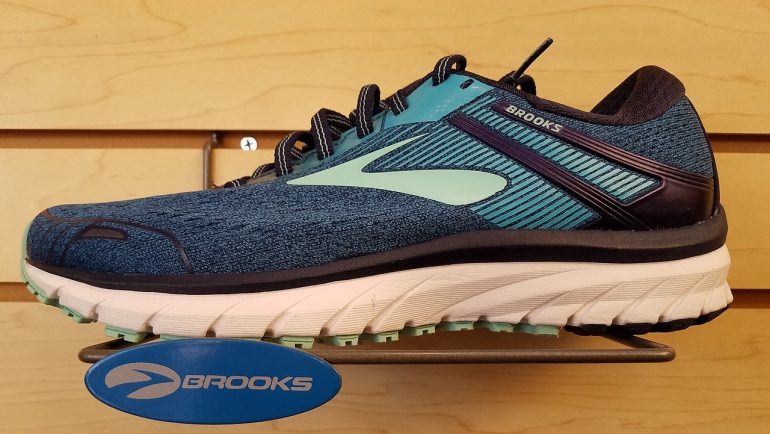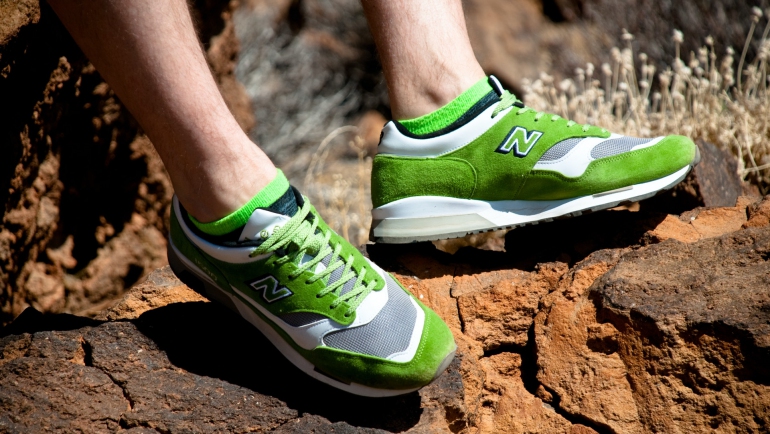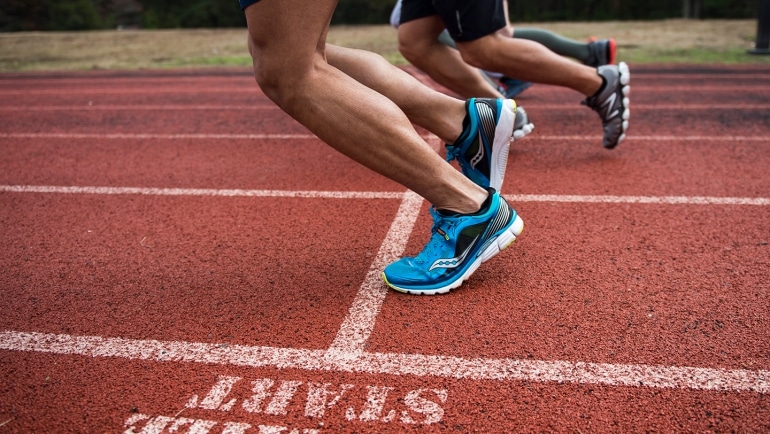People who run great lengths or professionally, know how important good running shoes are. In fact, the right running shoe can make all the difference for your exercise.
However, if you’re suffering from flat feet, finding running shoes that would offer the appropriate support can be a challenging task. There are many elements that need to be taken into consideration; such as support, design, cushioning, and the shoes’ stability. All these are crucial to preventing injuries, pulled muscles and soreness; issues that flat-feet athletes might know all too well.
What are the Best Running Shoes for Flat Feet?
The best running shoes for flat feet are quality sneakers that are specifically designed to offer optimized comfort. But more importantly, you should choose shoes that were built for runners and are both shock absorbent and flexible. Last but not least, the ultimate running shoes for flat-feet runners would be lightweight to ensure a natural and balanced run.
- Nike Shoes for Flat Feet – Air Max Torch 4
- Asics Shoes for Flat Feet – Gel-Nimbus 21
- Brooks Shoes for Flat Feet – Adrenaline GTS 19
- Adidas Shoes for Flat Feet – Lite Racer RBN
- New Balance Shoes for Flat Feet – Fresh Foam 1080 V10
- Saucony Shoes for Flat Feet – Excursion TR12 Sneaker
- Hoka Shoes for Flat Feet – One Clifton 5
- Under Armour for Flat Feet – Charged Impulse
- Mizuno Shoes for Flat Feet – Wave Inspire 15
- Puma Shoes for Flat Feet – Speed Orbiter Sneaker
- Reebok Shoes for Flat Feet – Fast Flexweave
What are Flat Feet?
Flat feet, or medically known as (pes planus) is a condition from which almost 30 percent of the population will suffer. However, of these people, only a tenth will be symptomatic. As its name implies, people who have flat feet basically have fallen or collapsed arches, usually affecting both feet.
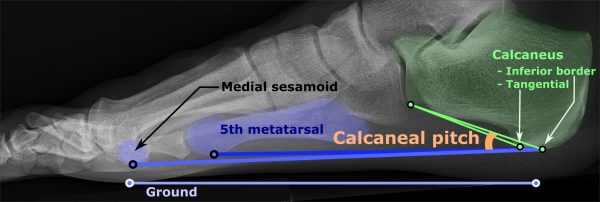
The biggest issue with flat feet is that incorrect treatment or inappropriate gear (especially athletic equipment) can cause pain, soreness, instability and even severe injuries.
Causes for Flat Feet
This condition can be brought on by a large number of causes, which is also why there are different types of flat feet. While it is for the most part a genetic concern, pressure and erosion can be some of the main sources.
For instance, obesity, aging and even a recurring foot or leg injury can lead to a collapsed arch. However, when it comes to athletes, flat feet are rather common due to years of strenuous exercise and a weakening of the tendons.
Two Types of Flat Feet
Generally speaking, there are two types of flat feet; flexible flatfoot and rigid flatfoot.
- Flexible flatfoot means that the foot has a usual arch at rest, however, as the feet touches the ground, the arch is flattened.
- For people with rigid flatfoot, the arch is non-existent regardless of whether or not they are active.
For runners, having flat feet can be a real deal breaker. Running with insufficient support can cause anything from soreness to chronic back pain. The reason for this is that feet arches are supposed to be shock absorbers, which is why flatfoot people are prone to overpronation. That basically means that your footfall is affected and your feet roll inward and cannot absorb the encounter with the surface. Eventually, this may lead to injured feet, shins, thighs, hips, in short, you name it.
Other issues caused by overpronation:
- Backaches
- Inflammation
- Shin splints
- Arthritis
- Supination
- Hammertoe
- Wide flat feet or narrow flat feet
- Heel, ankle and knee pains
- Bunions
- Leg Fatigue
- Plantar Fasciitis
- Posterior tibial tendon dysfunction (PTTD)
What Type of Running Shoes are Good for Flat Feet?
While it’s true that all running shoes should be comfortable, for people suffering from flat feet this should be a fundamental requirement. In fact, you should feel comfortable with the shoe from the very first moment you try it on. It’s best that you choose shoes that are flexible and able to adjust according to the shape of your foot. That would ensure maximum comfort.
Furthemore, cushioning is also crucial, especially having good arch support. Your running shoe should be able ultimately to support your foot and absorb the footfall shock. Plus, flat feet tend to be stiff and inflexible, which is why the softer the shoe, the better.
How to Pick The Right Running Shoe for Flat Feet
The key point is having sneakers that hold the entire foot in place as well as offer ankle support. This would require having motion control shoes that are intended to limit the foot’s motions within the shoe. Once the shoes properly envelop the leg, they would complement the foot and alleviate any issues relating to your flatfoot condition.
A stable running shoe would prevent the arch of the foot from collapsing. Furthemore, once the support or cushioning are located in the midsole of the running shoe, the foot would naturally and comfortably form an arch within the sneakers.
Lastly, make sure that you choose running shoes that have a straight last. In other words, you need shoes that have less of a curve in the soles, and while containing and keeping the foot in the right place, also allow for a more natural movement;
Top 10 Best Running Shoes for Flat Feet
The best running shoes for flat feet runners:

